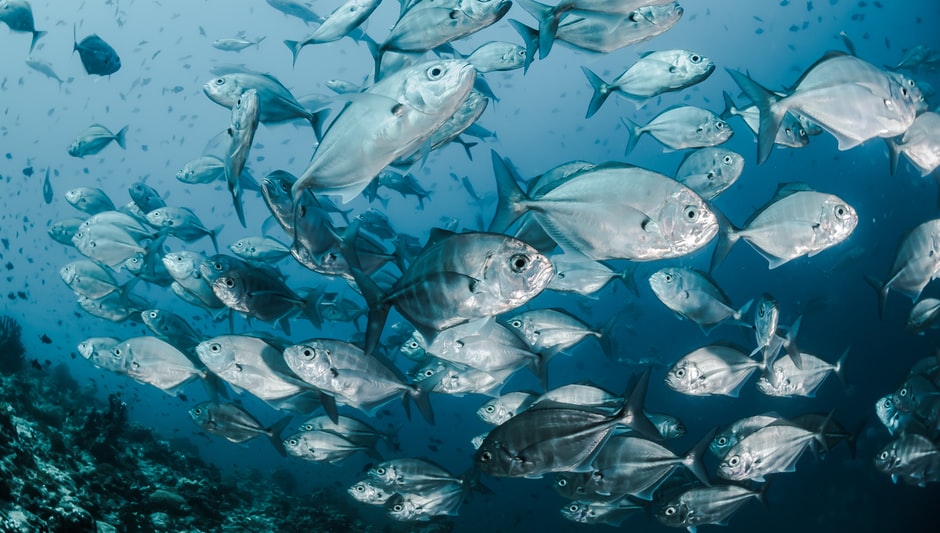Initial symptoms include tingling of the lips and mouth, followed by dizziness, tingling in the extremities, problems with speaking, balance, muscle weakness and paralysis, vomiting, and diarrhea. Respiratory failure, cardiac arrest, or cardiac arrhythmia can be the cause of death in severe intoxications.
The most common cause of death in alcohol poisoning is asphyxiation, which occurs when the victim is unable to breathe on his or her own. Asphyxia can be caused by a number of factors, including a lack of oxygen to the brain, an overdose of alcohol or other drugs, hypoxia (low blood oxygen levels), or a combination of these factors.
Table of Contents
What part of the puffer fish can you eat?
The most poisonous part of fugu is the liver, which was banned in japan in 1984. Fugu is one of the most popular dishes in Japanese cuisine. The liver is cut into small pieces and placed on a bed of rice.
It is then cooked in a pot of boiling water for a few minutes, until the liquid is reduced to a thick sauce, which is poured over the liver and served. This is the traditional way of serving liver in many parts of Japan.
Can you eat pufferfish in real life?
The Japanese name for the world’s most delicate, expensive and dangerous fish is Fugu. The Australians may know it better as the blowfish. The Japanese have a long history of using the fish as a symbol of wealth and power.
In the 19th century, Fugu was used to symbolise Japan’s military might. The fish was also used as an emblem of Japan in World War II, when it was displayed on the front of Japanese tanks and aircraft.
What does puffer fish taste like?
Fugu is a very mild whitefish-like flavor with a pure and clean quality. The dish is sought after because of its subtle taste, which is fairly unique for seafood. Its texture will vary depending on how it is prepared, but it will always be firm.
The best way to prepare Fugu is to boil it in a large pot of water for a few minutes, then drain the water and add it to a blender or food processor. You can also use a food mill to grind the fish into a fine powder.
If you don’t have one of those, you can use your hands or a spoon to mix the powder into the soup. This will make it easier to get the consistency you want. Once you have the texture you are looking for, add salt and pepper to taste.
I like to add about a teaspoon of salt to each cup of soup, which gives it a nice salty flavor.
Is a dead puffer fish still poisonous?
Pufferfish, either alive or dead, can be fatal to both humans and dogs alike if ingested in large enough quantities. The fish doesn’t have to be eaten, even just chewing or licking can lead to a serious infection. The fish is also known as the “puffer fish” because of its distinctive puffer-like appearance.
It is the only fish in the world that has the ability to breathe air through its gills, which is why it is often referred to as a “breathing fish.” The species is native to the Pacific Ocean, but is now found throughout the Atlantic and Indian Oceans.
Can you eat puffer fish in Florida?
The entire fish caught off the east coast of Florida is toxic and should not be eaten. The FDA advises consumers to avoid eating any fish that has been caught in the Gulf of Mexico, the Atlantic Ocean, or the Pacific Ocean. the FDA notes that the toxin in these fish can be absorbed into the body through the skin, eyes, and lungs.
The toxin can also be found in other fish, such as tuna, sardines, anchovies, mackerel, herring, flounder, salmon, trout, walleye, perch, catfish, carp, mussels, clams, oysters, scallops, shrimp, lobster, crab, sea bass, cod, halibut, pollock, squid, octopus, swordfish and sea urchins, according to the U.S. Fish and Wildlife Service.
Can you survive fugu poisoning?
Lethal is the poison in Fugu. Very high! More than 60% of all fugu poisonings will end in death. You have less than sixty minutes to get respiratory treatment, which is your only chance of surviving the poison. If you do not get treatment within that time frame, your chances of survival will be very low. The first sign of poisoning is a burning sensation in your mouth, throat, and/or eyes.
This is usually followed by nausea, vomiting, diarrhea, abdominal cramps, headache, dizziness, loss of coordination, weakness, numbness, or tingling in the hands, feet, arms, legs, face, ears, nose, lips, tongue or throat. In some cases, the symptoms may be so severe that you may not be able to walk or talk for several days or even weeks. You may also be unable to eat or drink for up to a week or more.
Some people may even have trouble breathing and may need to be taken to the hospital for emergency treatment.
What fish is poisonous if not cooked properly?
The delicacy fugu, or blowfish, is so poisonous that the smallest mistake in its preparation can result in death. Fugu is a type of fish that can be found in many parts of the world, including Japan, China, Korea, Taiwan, Thailand, Vietnam, Indonesia, Malaysia, and the Philippines. It is also eaten in the United States, Canada, Australia, New Zealand, Europe, South America, Africa, the Middle East and Asia.
